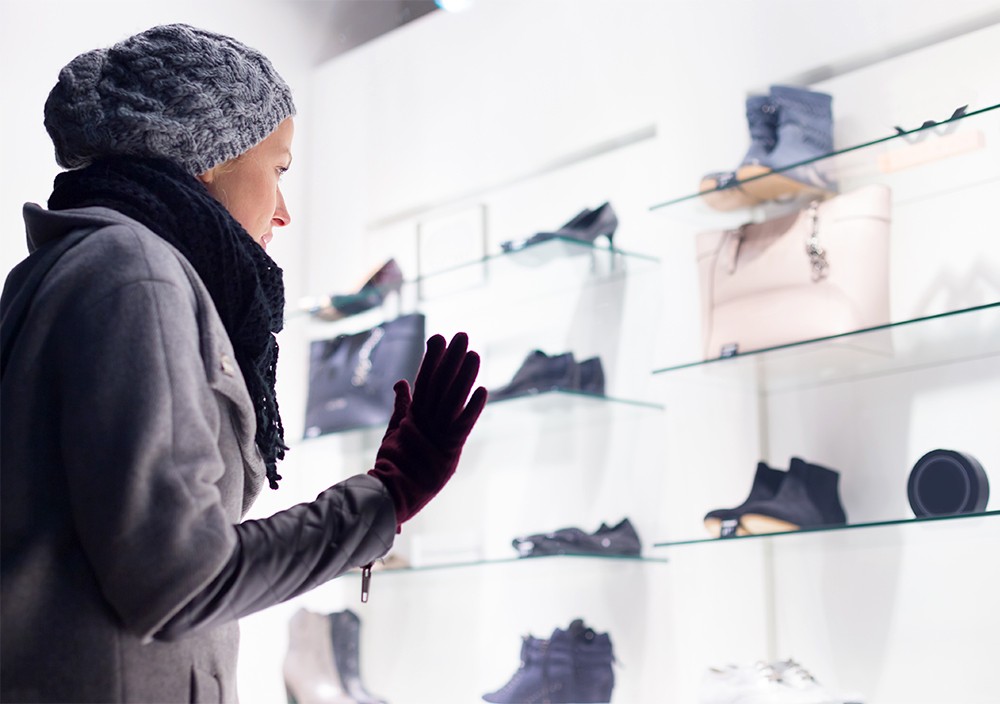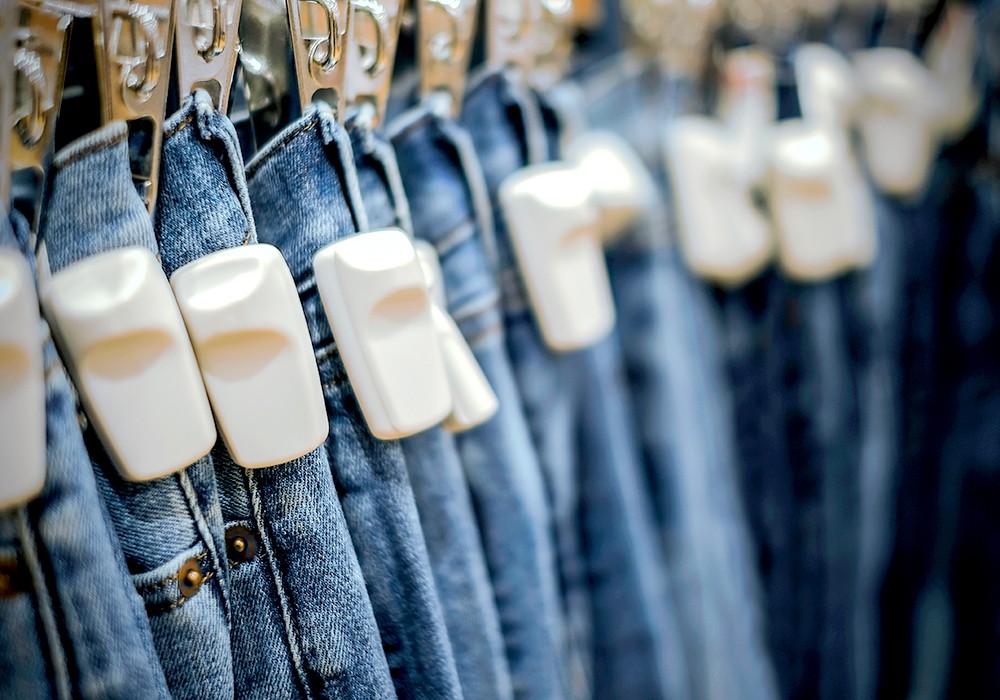
When people shoplift
Right now, America is in the grip of shoplifting season, with statistics indicating winter is the prime time for theft across the retail sector.
That’s partly due to the festive season, but also because of a whole host of other factors that create the perfect storm when it comes to retail loss.
So, let’s take a deep dive into when people shoplift and the strategies you can employ to mitigate the loss.
‘Tis the season of thieving
According to the latest Global Retail Theft Barometer, shoplifting is indeed a seasonal activity, with winter presenting some of the greatest challenges and losses for retailers in the US.
Much of that theft is driven by the festive season, with 81 per cent of winter losses occurring during holidays/festivities.
This shrinkage is prompted by increased foot traffic throughout stores, making it harder to track and detect theft, and is then further complicated by casual employees, who often have less training in store protocols and shoplifting detection.
Meanwhile, the consumer’s need to “have items” for the season of giving may lower their inhibitions about committing a theft.
“Rise in theft during holidays/festivals is driven by shoppers’ pressures to buy, seasonal hiring, crowded and chaotic stores, and increased perceptions about easy opportunities to get away with theft,” the Theft Barometer notes.
But make no mistake, even after the crowds of Christmas subside and the footfall of sales traffic subdues, retail loss continues at a higher rate throughout the winter months.
And, according to the Global Retail Theft Barometer that comes down to an often-overlooked cause – the clothing people wear. They note that theft in winter increases quite simply because of the heavy and bulky clothing people wear, which makes it easier to conceal stolen merchandise.
Five finger discounts at sales time
Although winter is a standout season for increased theft there are other peak times of the year, usually coinciding with sales periods.
Again, the upward trend in loss during these times is attributed to increased foot traffic, more frenzied shopper behavior, and the perception that theft is easier to get away with.
However, it’s also likely stock positioning and store layout contributes to the rise in losses.
Sales often see more stock on the floor, and this results in more items being available to shoplifters. Not only is there more opportunity, but due to crowded aisles and stacked sales tables, store associates are more likely to struggle to see thefts occurring, partly due to the fact they are busy and partly because additional stock on the floor reduces visibility.
So what can you do?
Reducing spikes in theft
Loss prevention is always multi-faceted strategy that includes harnessing available technology, while also focusing on staff recruitment and training. Periods which are renowned for additional losses should see extra vigilance across the board.
Staff training
Even though holidays and sales periods may see an influx of seasonal workers, all should be screened carefully prior to commencing employment.
New recruits should also be given thorough training in store protocols and customer service techniques. It has been widely reported that the simple act of greeting customers can result in a reduction in theft.
All staff should be given aa refresher of the suspicious behavior that shoplifters are likely to portray, which includes:
- Spending more time watching the cashier or salesperson than actually shopping.
- Wearing bulky, heavy clothing during warm weather or coats when unnecessary.
- Walking with short or unnatural steps, which may indicate that they are concealing stolen items.
- Taking several items into a dressing room and only leaving with one item or none.
- The customer’s eyes are not looking at what their hands are doing; instead they are looking out for staff! So if the eyes don’t match the action…beware.
- Appearing nervous and picking up random items with no interest.
- Frequently entering store and never making a purchase.
Electronic article surveillance
Electronic article surveillance, comprising security tags, security labels, and detection antenna, remains one of the most widely used and effective means to detect an incidence of theft as it is occurring.
Noted to reduce shoplifting by an estimated 60-80 per cent, the strategy sees tags or labels affixed to merchandise. Tagged or labelled products are constantly monitored by the antenna, and should a shoplifter attempt to leave a store with an item, an alarm will sound, alerting staff to a potential theft.
Tags or labels on merchandise also often act as a visual deterrent for thieves.
Store layout
Even during busy periods like sales and holidays, store management should use common sense in terms of store layout.
Good lighting plays a role in reducing theft, as does clear visibility of the store and stock. Change rooms should be carefully monitored and/or fitted with technology like the fittingroom guard.
Meanwhile, management may wish to reconsider the volume of high value stock they have on the floor, instead opting for a tethered display item, with further stock stored in lockable cabinets or on display racks with stop locks.
Retailers should also resist the urge to locate sales tables too close to the entry where items may be more prone to the snatch technique, which sees shoplifters simply grab an item and run (regardless of whether an alarm sounds).
Security personnel and CCTV
Technology, staff training and good store layout might be the first lines of defense, but monitoring also has an important role in loss prevention.
Sales periods and holidays are an ideal time to boost your in-store security presence, while CCTV is a simple and cost-effective way of recording and identifying shoplifting crimes.
You can learn more about security tags and label technology here, or gain an insight into shoplifting behaviour here.


